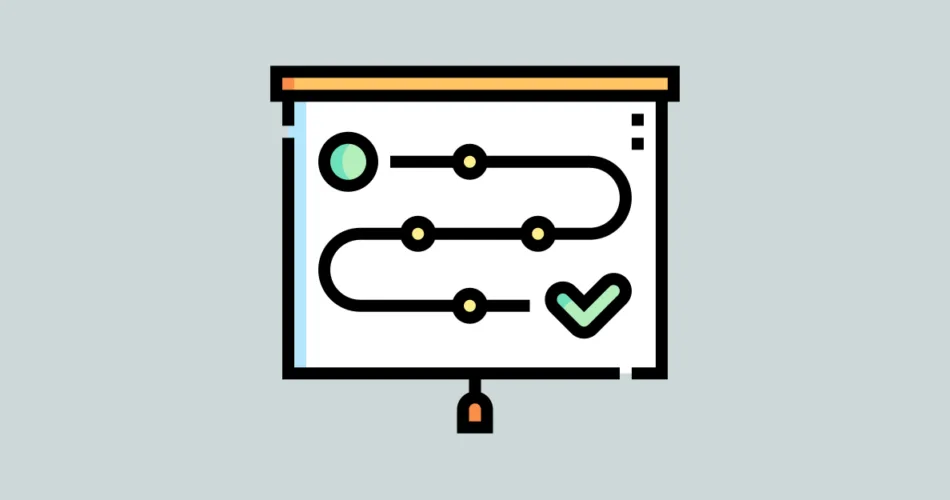Building a well-designed RESTful API is crucial for creating robust and developer-friendly web services. In this article, we’ll explore best practices that enhance the usability, maintainability, and performance of your RESTful API. These practices include using nouns for resource naming, maintaining consistent URIs, using HTTP methods appropriately, and understanding HATEOAS (Hypermedia as the Engine of Application State), all with Java code examples.
Use of Nouns for Resource Naming
Naming resources in a RESTful API is an essential consideration. To ensure clarity and consistency:
- Use Nouns: Name resources using nouns (e.g., `/users`, `/products`) rather than verbs or actions.
- Be Descriptive: Choose descriptive names that reflect the purpose and content of the resource.
// Java Example: Naming Resources
@Path("/users")
public class UserResource {
// Endpoint for retrieving user data
@GET
@Path("/{userId}")
public Response getUser(@PathParam("userId") int userId) {
// ...
}
}
Consistent and Predictable URIs
Consistency in URI design simplifies API navigation for clients:
- Consistent Structure: Keep URI structures consistent throughout the API (e.g., `/resource/{id}`).
- Predictable Naming: Make resource names and identifiers predictable for easier client development.
// Java Example: Consistent and Predictable URIs
@Path("/users")
public class UserResource {
// Endpoint for retrieving user data by ID
@GET
@Path("/{userId}")
public Response getUser(@PathParam("userId") int userId) {
// ...
}
// Endpoint for updating user data by ID
@PUT
@Path("/{userId}")
public Response updateUser(@PathParam("userId") int userId, User updatedUser) {
// ...
}
}
Proper Use of HTTP Methods
Choosing the right HTTP methods for your API endpoints enhances its clarity and adherence to REST principles:
- Use GET for Retrieval: Employ GET to retrieve resource data.
- Use POST for Creation: Use POST to create new resources on the server.
- Use PUT and PATCH for Updates: PUT replaces the entire resource, while PATCH updates specific attributes.
- Use DELETE for Deletion: Employ DELETE to request resource removal.
// Java Example: Proper Use of HTTP Methods
@Path("/users")
public class UserResource {
// Endpoint for retrieving user data by ID (GET)
@GET
@Path("/{userId}")
public Response getUser(@PathParam("userId") int userId) {
// ...
}
// Endpoint for creating a new user (POST)
@POST
@Consumes(MediaType.APPLICATION_JSON)
public Response createUser(User newUser) {
// ...
}
// Endpoint for updating user data by ID (PUT)
@PUT
@Path("/{userId}")
@Consumes(MediaType.APPLICATION_JSON)
public Response updateUser(@PathParam("userId") int userId, User updatedUser) {
// ...
}
// Endpoint for deleting a user by ID (DELETE)
@DELETE
@Path("/{userId}")
public Response deleteUser(@PathParam("userId") int userId) {
// ...
}
}
HATEOAS (Hypermedia as the Engine of Application State)
HATEOAS is a fundamental concept in REST, enabling clients to discover and navigate your API:
- Include Hypermedia Links: In responses, include hypermedia links to related resources and actions.
- Client Independence: HATEOAS allows clients to evolve independently from the API structure.
// Java Example: HATEOAS Links
@Path("/users")
public class UserResource {
@GET
@Path("/{userId}")
public Response getUser(@PathParam("userId") int userId) {
// Retrieve user data
User user = userService.getUserById(userId);
// Create HATEOAS links
Link selfLink = Link.fromUri("/users/" + userId).rel("self").build();
Link editLink = Link.fromUri("/users/" + userId).rel("edit").build();
// Include links in the response
user.addLink(selfLink);
user.addLink(editLink);
return Response.ok(user).build();
}
}
By following these RESTful API best practices, you can create APIs that are intuitive, predictable, and well-suited for client development.
Subscribe to our email newsletter to get the latest posts delivered right to your email.


Comments